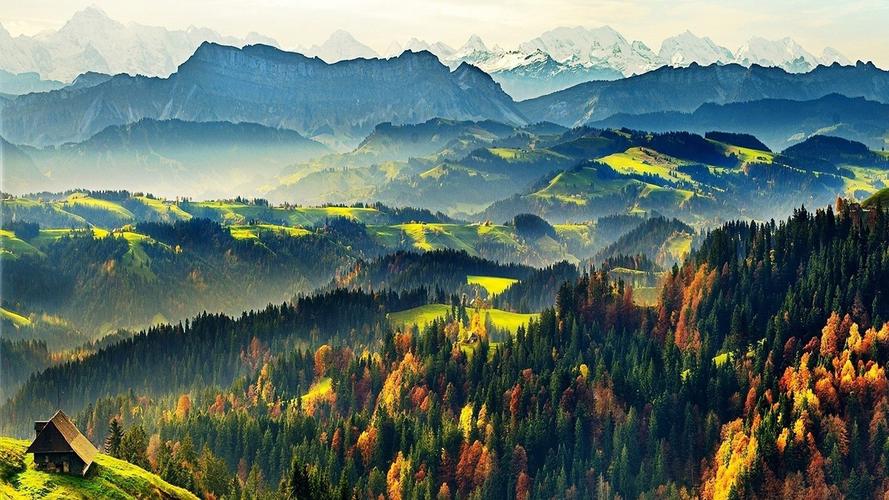Are you looking for an adventure in Death Valley National Park? Backpacking is a fantastic way to experience this unique landscape with its fascinating scenery, diverse wildlife, and extensive trails. As a hiker, you will have a chance to explore the valleys and mountains, and witness the breathtaking contrasts of colors, temperatures, and rock formations.
Before you embark on your backpacking adventure, you need to prepare for the trip. Here is the ultimate guide to backpacking Death Valley, with tips, trails, and must-see sights.
Getting Ready: What to Bring
First, you need to pack the right gear for your backpacking trip. Start with the essentials: a sturdy backpack, a tent, a sleeping bag, a sleeping pad, and a headlamp or flashlight. Bring a water bottle and a water filtration system or purification tablets, as water sources can be scarce and contaminated.
Make sure you have appropriate clothing, including hiking boots, lightweight layers, a hat, and sunglasses. Don’t forget to bring sunscreen, insect repellent, first aid kit, and a compass and map or GPS device.
The Trails: Best Routes for Backpacking
Once you have your gear ready, you need to choose the best trail for your backpacking trip. Death Valley offers a variety of routes that cater to different levels of hiking experience and interests. Here are some of the most popular backpacking trails to explore:
1. Cottonwood-Marble Loop: This 32-mile trail features stunning views of the desert valleys, mountain ranges, and natural springs. It’s recommended for experienced hikers due to the length and ruggedness of the terrain.
2. Panamint City: This 23-mile hike is famous for its historical ghost town, abandoned mines, and panoramic vistas. It’s a challenging route with steep inclines and rocky terrain, so be prepared for a strenuous backpacking adventure.
3. Wildrose Peak: This 8.4-mile hike is an excellent option for beginners or families with children. It rewards hikers with breathtaking views of the Panamint and Argus mountain ranges and the Badwater Basin.
Must-See Sights: Highlights of Death Valley
Finally, you need to plan your visit to the must-see sights of Death Valley National Park. Here are some attractions to add to your itinerary:
1. Badwater Basin: This salt flat is the lowest point in North America, with an elevation of 282 feet below sea level. It’s a surreal landscape, with white salt crystals and hexagonal patterns.
2. Zabriskie Point: This panoramic overlook offers a stunning vista of the Badlands and the Furnace Creek area. It’s a popular spot for photography and stargazing.
3. Artist’s Drive: This scenic drive offers a picturesque route with vibrant colors and rock formations, including the Artist’s Palette, a hillside with various hues of pink, green, and blue.
Conclusion
Backpacking in Death Valley is an unforgettable experience that requires proper preparation, planning, and execution. By following this ultimate guide, you will have a safe and enjoyable adventure that allows you to explore the trails, witness the natural wonders, and discover the highlights of this unique national park. Grab your backpack, and let the journey begin!
(Note: Do you have knowledge or insights to share? Unlock new opportunities and expand your reach by joining our authors team. Click Registration to join us and share your expertise with our readers.)
Speech tips:
Please note that any statements involving politics will not be approved.
